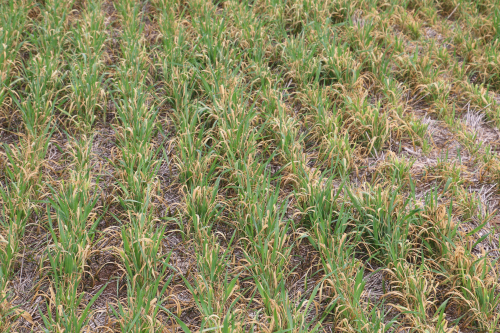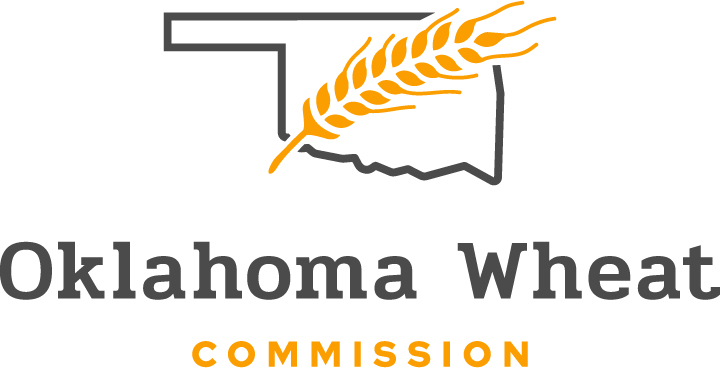
Agricultural News
OSU's Jeff Edwards Offers Observations on Possible Freeze Injury to 2016 Crop- Says Damage Will Show Up, If There, by End of the Week
Mon, 21 Mar 2016 16:47:42 CDT
 According to Dr. Jeff Edwards, Department Head of the Plant and Soil Science Department in the Division of Agriculture at Oklahoma State University, "temperatures over the weekend were cold enough to cause injury to the Oklahoma wheat crop.Based on data from the Oklahoma Mesonet, many areas of Oklahoma spent several hours below 28F. While temperatures in the wheat canopy might have remained slightly higher than reported air temperatures, they were still probably low enough to result in significant injury to wheat."
According to Dr. Jeff Edwards, Department Head of the Plant and Soil Science Department in the Division of Agriculture at Oklahoma State University, "temperatures over the weekend were cold enough to cause injury to the Oklahoma wheat crop.Based on data from the Oklahoma Mesonet, many areas of Oklahoma spent several hours below 28F. While temperatures in the wheat canopy might have remained slightly higher than reported air temperatures, they were still probably low enough to result in significant injury to wheat."
A picture from a 2015 Blog Post by Dr. Edwards is seen here- wheat plant tissue has been burned with cold temperatures- but the heads are likely okay.
Dr. Edwards offers a few points that he would encourage everyone to consider:
"Every freeze event is unique the temperatures and time durations we use regarding freeze injury are rules of thumb and are not exact. I have seen instances where conventional wisdom would indicate complete crop loss and we skate through with minimal damage.
"It will take a few days to see how bad things are Symptoms may start to appear later this week and will likely be clearly identifiable by the end of this week. Healthy wheat heads will remain turgid with a green color. Damaged wheat heads will be bleached, yellow, or brown and will easily break when pushed against. I anticipate that we will not have any partial "blanking" of wheat heads and that most wheat heads will either be okay or a complete loss. This post from last year has some pictures showing tell tale signs of freeze injury. The linked post also serves as a reminder that while freeze is the concern of the day, the potential worsening of drought conditions in NW Oklahoma has the potential to do far more damage.
"% damaged heads might not = % yield loss It is still relatively early in the growing season and there is still opportunity for smaller (two nodes or less) wheat to produce additional tillers and/or retain secondary tillers. Whether or not these tillers are able to compensate for larger tillers that were lost due to freeze will depend on moisture and weather. IF (and that is a big if) weather conditions remain favorable, late emerging tillers in central and northern Oklahoma might still have a shot at producing grain. It will be tougher for more advanced wheat in southern Oklahoma to make this type of recovery."
source- World of Wheat Blog
WebReadyTM Powered by WireReady® NSI
Top Agricultural News
More Headlines...





